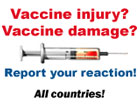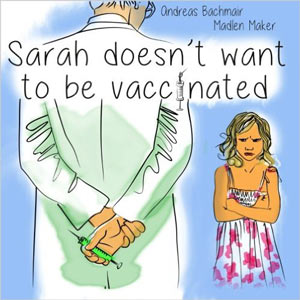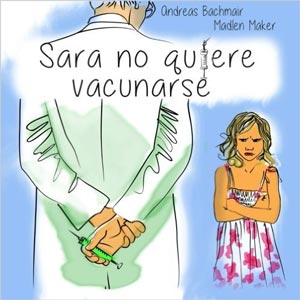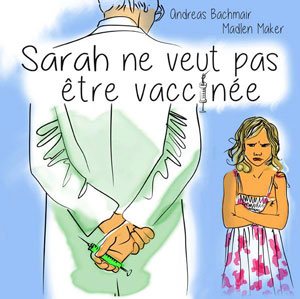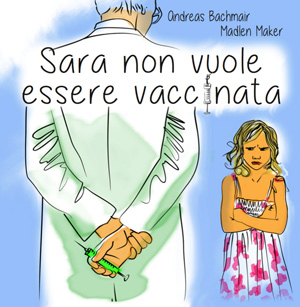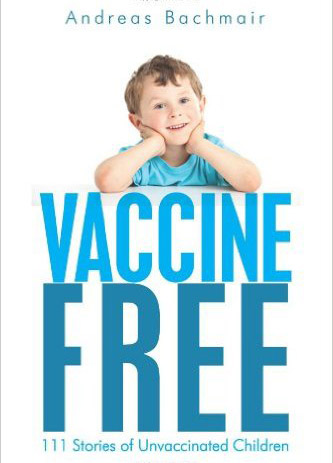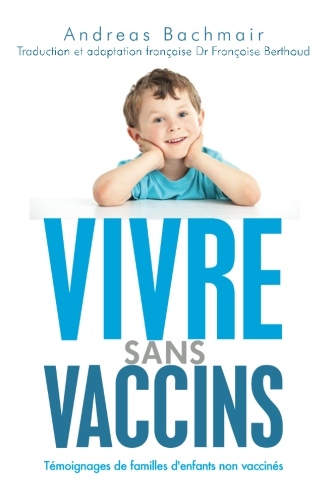HPV (human Papilloma Virus) and HPV-vaccination (vaccination against cervical cancer)
General information
Infections caused by the human papillomavirus (HPV) are the most common sexually transmitted diseases worldwide. 5 years after onset of sexual activity, 50% of young women have been infected, in the course of their lives 70% become infected (EMEA: Europ. Beurteilungsbericht (EPAR) GARDASIL, Stand Oct. 2006 under: http://www.EMEA.eu.int/htms/human/epar/a-zepar.htm).
There are more than 100 different kinds of HPV types; more than 35 attack the genital tract and 13 are considered to be carcinogenic.
80% of cervical cancer worldwide occurs in third world countries. In Germany the frequency has dropped radically since the pap smear test was introduced (WHO 2005: Report of the Consultation on Human Papillomavirus Vaccines; http://www.who.int/vaccine_research/documents/816%20%
20HPV%20meeting.pdf). In 1971 35 women per 100,000 and year contracted it and, in 2001 only 12 women per 100,000 and year. (Dt. Gesell. f. Gyn. u. Geburtsh. (DGGG): Press Release dated Oct. 16 2006) . For Germany RKI expects that there will be 6700 new cases and 1700 deaths from cervical cancer in 2002.
As expected, STIKO (Vaccination Commission) passed the recommendation for general vaccinations against HPV for girls ages 12 to 17 years in late February 2007. Now the Federal Commission must decide whether the vaccination will become an obligatory vaccination financed by Germany’s legal health care provider.
Does cervical cancer pose a health problem in Germany?
Let’s take the numbers in Germany. Of 100,000 women who live in Germany, every year 15 women contract cervical cancer. In terms of Germany’s overall population this amounts to approx. 6,200 cases of cervical carcinoma (Robert Koch-Institut/Gesellschaft der epidemiologischen Krebsregister in Deutschland e.V. (GEKID) (Hrsg.): Krebs in Deutschland 2003-2004 - Häufigkeiten und Trends, 6. Aufl. 2008; zu finden unter http://www.rki.de,Gesundheitsberichterstattung, Dachdokumentation Krebs, Broschüre zu Krebs; Accessible on March 10, 2008)
Mortality in Germany amounts to 3/100000 women which is 1500 cases of death per year (Statistisches Bundesamt. DESTATIS. Todesursachen in Deutschland. Fachserie 12 Reihe 4 - 2006)
On average, 70% of women in whom an invasive cervical carcinoma is diagnosed survive the cervical carcinoma for at least 5 years and 60% survive it for 10 years..(Tumorregister München: Datenbankstand 13. Oct. 2007
http://www.tumorregister-muenchen.de; Accessible on 10 March, 2008 )
In the course of their life approx. 10 in 1000 women contract a cervical carcinoma, 3 of 1000 die of it (if they have been screened)
Connection between HPV Infection and cervical carcinoma
Nowadays the assumption is that there is no cervical carcinoma without an HPV infection. It is important to note, however, that an HPV infection rarely leads to a cervical carcinoma. The prerequisite is that the infection persists, in other words, that it is a chronic infection. However, even then only rarely does a cervical carcinoma develop.(a-t 2008, 3:29-38)
Even if an HPV infection is the precondition for a cervix carcinoma, other risk factors must be involved for the development of an invasive carcinoma; it only progresses in a small part of the women. The cell changes can regress and the infection can heal at any stage (a-t 2008, 3:29-38). One differentiates between several risk factors for the infection, precancerous development and the progression to cervical carcinoma:
- The type of virus, here mainly HPV 16. If an infection with this type of virus persists, approx. 40% of the women are precancerous after three to five years.(SCHIFFMAN, M. et al.: Lancet 2007; 370: 890-907)
- Infections with several HPV types, high virus load and immune suppression, for example as part of an HIV infection
- Smoking
- Taking the pill (SCHIFFMAN, M. et al.: Lancet 2007; 370: 890-907). The risk normalizes itself again after the pill is no longer taken (International Collaboration of Epidemiological Studies of Cervical Cancer: Lancet 2007; 370: 1601-21)
HPV Vaccination
Due to the fact that a high risk HPV infection can be detected in more than 90% of the women who have cervical cancer the conclusion is that there is causality between infection and pathology. That is why the vaccination which is now available, Gardasil®, which protects against HPV-infections of the type 6, 11, 16 and 18, as well as Cervarix®, which is soon to be approved, which is to protect against the virus types 16 and 18 as well as 31 and 45, is seen as a vaccination against cervical cancer. Vaccination protection is only achieved if there is no infection with HPV at the time of the vaccination. That is why those who are in favor of vaccinations recommend that both boys and girls are to be vaccinated before they become sexually active – between 11 and 18 years of age. It is not known how long the protection lasts after the three fold vaccination. What has been proven is that there is vaccination protection for more than four and a half years. However, there are no long term trials. Presently the assumption is that a booster shot should be administered after ten years.
For more information on what you should know about HPV and HPV vaccination


